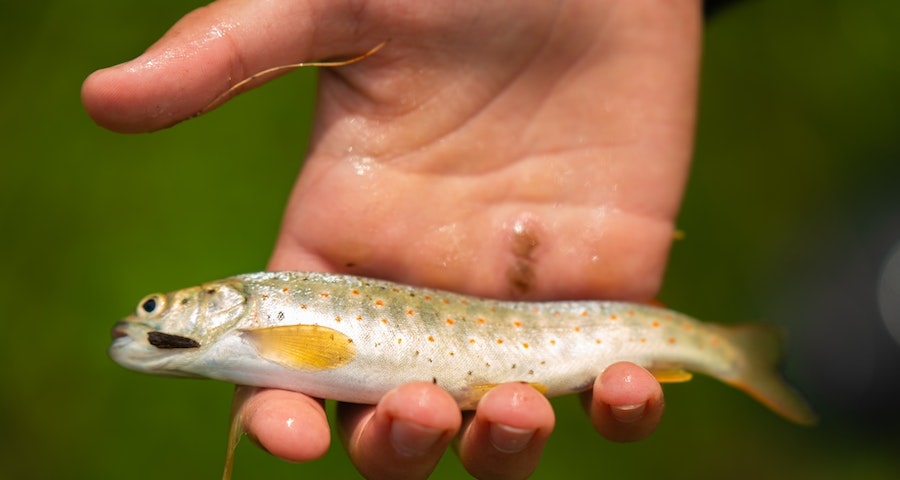
As an avid angler, you know the importance of knowledge when it comes to catching fish. One of the most significant aspects of fishing is understanding what your target fish eats. This knowledge will help you select the right bait and fishing technique to increase your chances of a successful catch. If you’re curious about what trout eat, you’ve come to the right place. In this post, we’ll explore the diet of trout and give you tips on what bait to use to entice them.
In their natural habitat, trout mostly feed on insects such as mayflies, caddisflies, and stoneflies. As they grow larger, they begin to consume small fish, fish eggs, and crustaceans such as crayfish. You can use this knowledge to your advantage by selecting bait that imitates their natural prey. For instance, fishing with an artificial fly that looks like a mayfly nymph will attract trout to your hook.
When it comes to bait selection, you can use live bait such as worms or a variety of artificial lures, including spinners, plugs, and spoons. Picking the right bait selection depends on the time of day, water, and weather conditions. For example, if there is an insect hatch, it’s best to use an artificial fly that resembles the bug currently hatching.
Another essential aspect to consider is the color of your bait. In cloudy water, bright-colored bait works best, as it is more visible. In clear water, bait that blends in with the natural surroundings is ideal. You can use the same logic when selecting your fishing line too.
The season also plays a significant role in what trout will eat. In spring, mayfly nymphs are prevalent, and trout feed on them heavily. In summer, aquatic insects are abundant. In fall, trout are busy feeding in preparation for winter, which means that they will be on the hunt for larger foods.
Finally, understanding the habits of trout will also help you catch them. Trout are most active in the early morning and late evening, so you may want to plan your fishing trip during these times. They are also more likely to be found in shady, cooler areas of the water during hot sunny days, so keep this in mind if the weather is hot.
Conclusion
In conclusion, understanding what trout eat is key to a successful fishing trip. By researching the natural habitat of the trout and the variety of prey they consume, you can match your bait selection more precisely. Picking the right bait and color, as well as understanding when and where to fish, will increase your chances of catching one of these elusive and beautiful fish. So, next time you’re planning a fishing trip, do not forget to pack your knowledge about trout diets and habits along with your fishing gear. Happy fishing!
